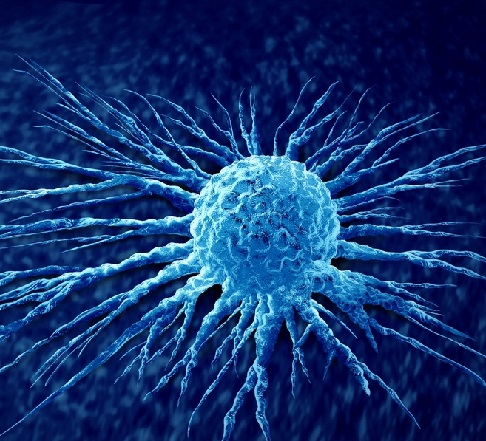Computational Tool Integrates Transcriptomic Data for Improved Breast Cancer Diagnosis and Treatment
Posted on 22 Jul 2024
Breast cancer is the most commonly diagnosed cancer globally, presenting in various subtypes that require precise identification for effective, personalized treatment. Traditionally, cancer subtyping has been conducted through histological staining (immunohistochemistry), which involves identifying specific markers that categorize tumors into distinct subtypes. Recently, high-throughput transcriptomic profiling has transformed the way breast cancer subtypes are identified by analyzing gene activity in cancer cells through the total messenger RNAs present, which correspond to gene sequences and are used by ribosomes to synthesize proteins.
Transcriptomic profiling utilizes RNA sequencing (RNAseq), a rapidly evolving molecular biology technique that sequences RNA strands efficiently. As RNA sequencing becomes more affordable, it holds the potential for routine clinical integration to aid in diagnosis and treatment decisions. However, its application is currently limited by the requirement for processing large sample batches simultaneously and difficulties in comparing samples across different platforms. Now, scientists have developed a computational tool that collates breast cancer transcriptomic data from various databases, enhancing precision oncology by accurately predicting molecular subtypes and therapeutic responses.

The computational tool named EMBER developed by scientists at EPFL (Lausanne, Switzerland) integrates over 11,000 breast cancer transcriptomes, allowing for the prediction of cancer subtypes on an individual sample basis and capturing essential biological pathways, thereby improving the prediction of therapy responses. EMBER uses a statistical model that merges RNA-seq and microarray data from major datasets like TCGA and METABRIC, focusing on early-stage breast cancer patients. The data is normalized to a common scale, selecting the 1000 most variable genes and using 44 stable genes for normalization to maintain important gene expression features.
EMBER was validated with independent patient cohorts and tested on clinical trial data, such as the POETIC trial, identifying potential therapy resistance mechanisms like increased androgen receptor signaling and decreased TGFβ signaling. It accurately identified the five molecular subtypes of breast cancer and crucial pathways, including estrogen receptor signaling and cell proliferation. A notable finding is that EMBER's estrogen receptor signaling score surpasses the immunohistochemistry-based ER index used in clinics, suggesting EMBER's higher accuracy in predicting responses to endocrine therapy. By offering a consolidated platform for breast cancer transcriptomic data, EMBER facilitates a deeper understanding of molecular subtypes and treatment responses, potentially leading to more tailored treatments and improved outcomes for patients with ER+ breast cancer. EMBER also presents a viable method for integrating RNA sequencing into standard diagnostic procedures, promoting more comprehensive and cost-effective cancer diagnostics. This method not only advances precision oncology but also establishes a solid framework for further research and clinical applications.
Related Links:
EPFL













